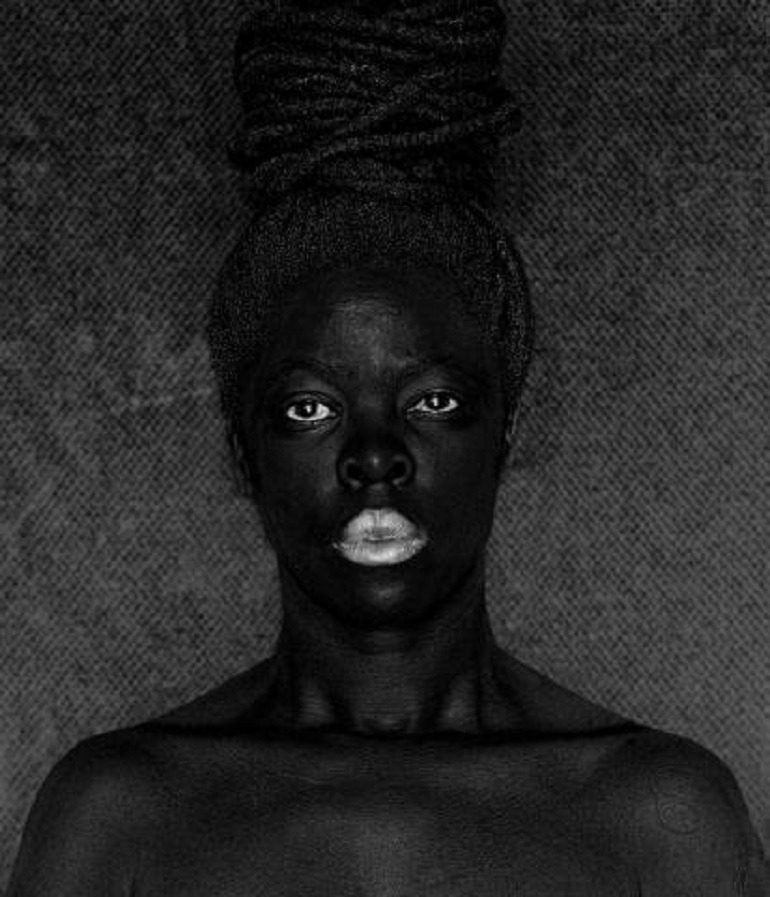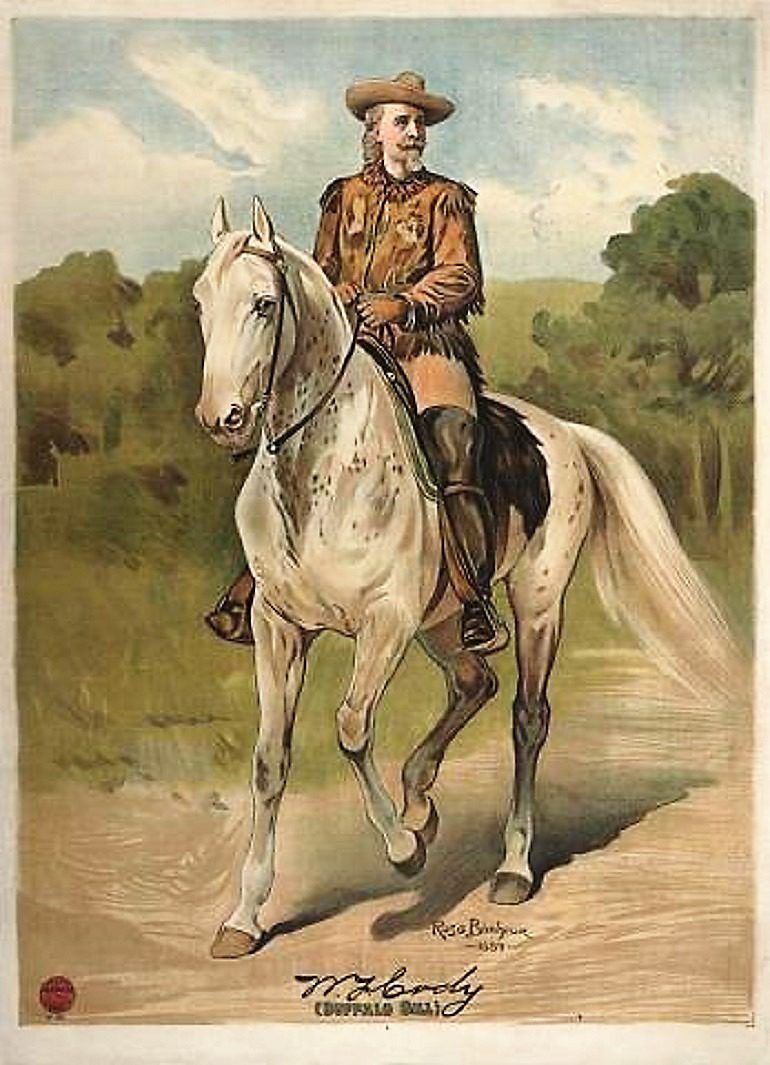ART & DESIGN
LGBTQ Artists Pride Month Celebrates Gender Identity
posted by ARTCENTRONAll Things Mellow in the Mind, a photograph of a boy with a human skull by Duane Michals, one of LGBTQ artists in The Ringling Museum of Art celebration of pride month. Image: The Ringling
ART REVIEW
LGBTQ Artists Pride Month: The Ringling Museum of Art showcases works by LGBTQ Artists from its collection in celebration of pride month.
BY KAZAD
SARASOTA, FLORIDA –In celebration of the pride month, The Ringling Museum of Art is presenting works by LGBTQ artists in the museum’s collection. Ranging from sculpture to painting and photography, the works illuminate how LGBTQ artists have been responding to issues of gender identity in the past and now. The Ringling’s presentation is in addition to the pride parades that have been happening across the country.
Since the pride month started early this month, there have been celebrations across the country. In Baltimore, there was the Baltimore Pride Parade. The event was marked with festivities and celebrations. There have also been celebrations across the country, including the Chicago Pride Parade, San Francisco Pride Parade, and many other festivities across the globe in celebration of the pride month.
The carefully selected works from The Ringling’s collection is proof that artists have been responding to the issues affecting LGBTQ for decades. Furthermore, the presentation provides an opportunity for people to dig deep into the museum’s collection and learn about the artists and their artworks.
Below are some of the works LGBTQ artists from the museum’s collection use to celebrate the Pride Month.
Duane Michals (American, 1932)
The subjects of sexuality and mortality were at the core of Duane Michals (American, 1932) works. He began creating multi-frame photographs as narrative works in the 60s. In the 70s, he began writing in the margins of his photographs, bringing uniqueness to his creation. His “fictionettes” have a dreamlike quality and often take on the subjects of sexuality and mortality.
Zanele Muholi (South African, 1972)

Zanele Muholi ,Misiwe IV, Bijlmer, Amsterdam (2017) (from the Somnyama Ngonyama series) (2017) Image: The Ringling
This photograph by Zanele Muholi (South African, 1972) is her Somnyama Ngonyama series of self-portraits. They were created while traveling through South Africa, America, and Europe. The title, translated from Swahili, means Hail, the Dark Lioness. It is a body of work in contrast with her previous photographs of LGBTQ people in cities and towns across South Africa.
Rosa Bonheur (French, 1822-1899)
The story of Rosa Bonheur (French, 1822-1899) highlights the discrimination LGBTQs have gone through for decades. Although she was highly acclaimed in the French and European art world of the 19th century, she was discriminated against. Her masculine attire made her a target for discrimination. In 1889, She visited the grounds of Buffalo Bill’s Wild West Show when to sketch the animals and the American Indian warriors with their families. William F. “Buffalo Bill” Cody, in turn, accepted Bonheur’s invitation to visit her chateau in Faintainebleu where she painted this portrait, which eventually became a poster for his show. Two monumental paintings by Bonheur hang in Gallery 21 of the Museum of Art. They can also be viewed in the museum’s online collection.
Guanyin: Buddhist Bodhisattva
There is a duality and complexity about Guanyin that complicates the general notion of sexuality. Guanyin is a Buddhist Bodhisattva, an enlightened being that has delayed reaching nirvana to help others. Frequently portrayed as male, female, neither or both, Guanyin’s constantly navigates the threshold sexuality, cascading through boundaries at will. In this porcelain statue made in the late 19th or early 20th century, “she” takes on a feminine form. The androgynous appearance of Guanyin in East Asian visual culture may represent the Bodhisattva’s transcendence of earthy confines.
LGBTQ Artists Pride Month Celebrations. Do you know about other art exhibitions featuring the work of LGBTQ artists? Share them with us.
Share this:
- Click to share on X (Opens in new window) X
- Click to share on Facebook (Opens in new window) Facebook
- Click to share on Reddit (Opens in new window) Reddit
- Click to share on Pinterest (Opens in new window) Pinterest
- Click to share on Tumblr (Opens in new window) Tumblr
- Click to share on Instagram (Opens in new window) Instagram
- Click to share on LinkedIn (Opens in new window) LinkedIn
- More


